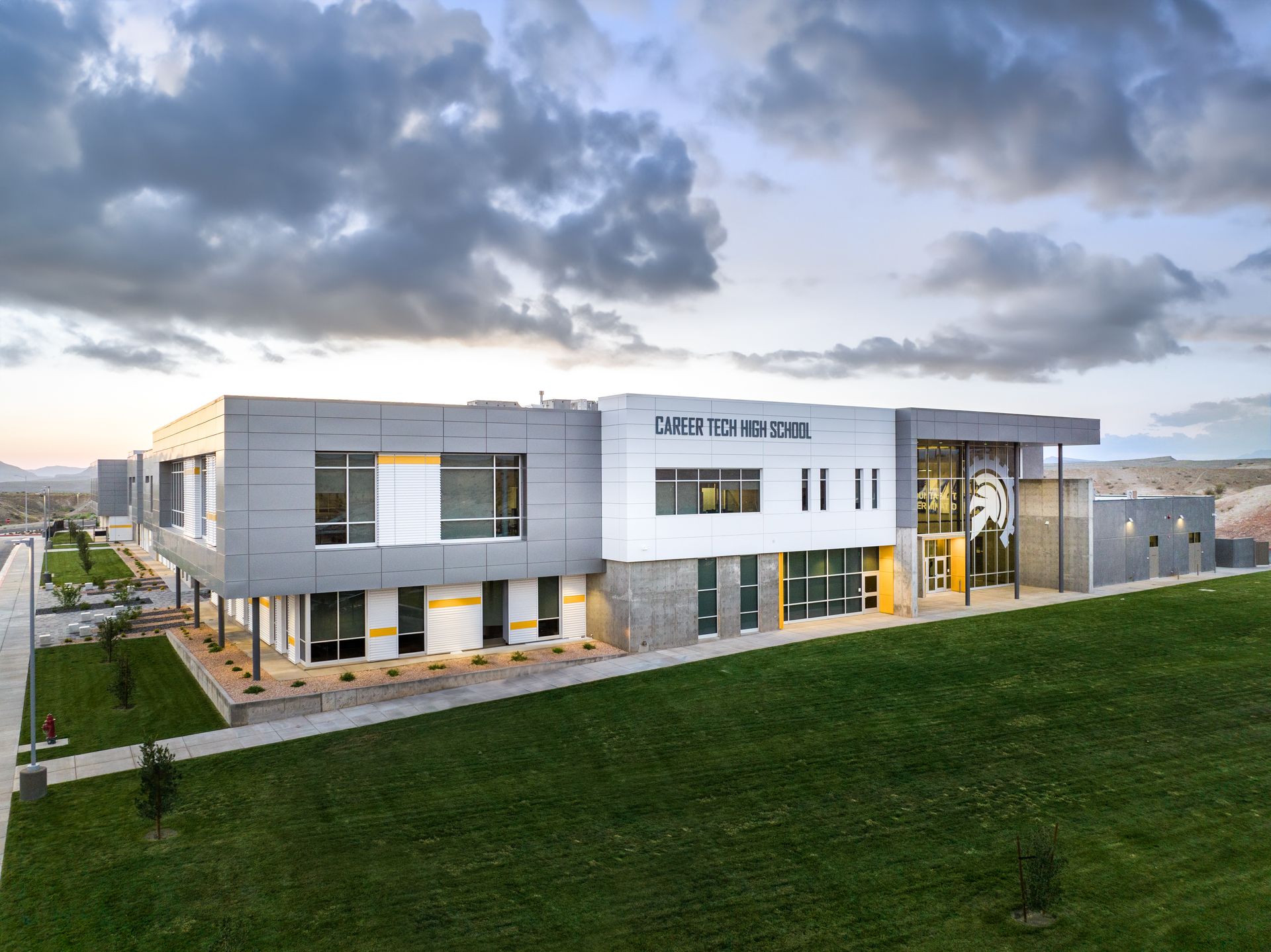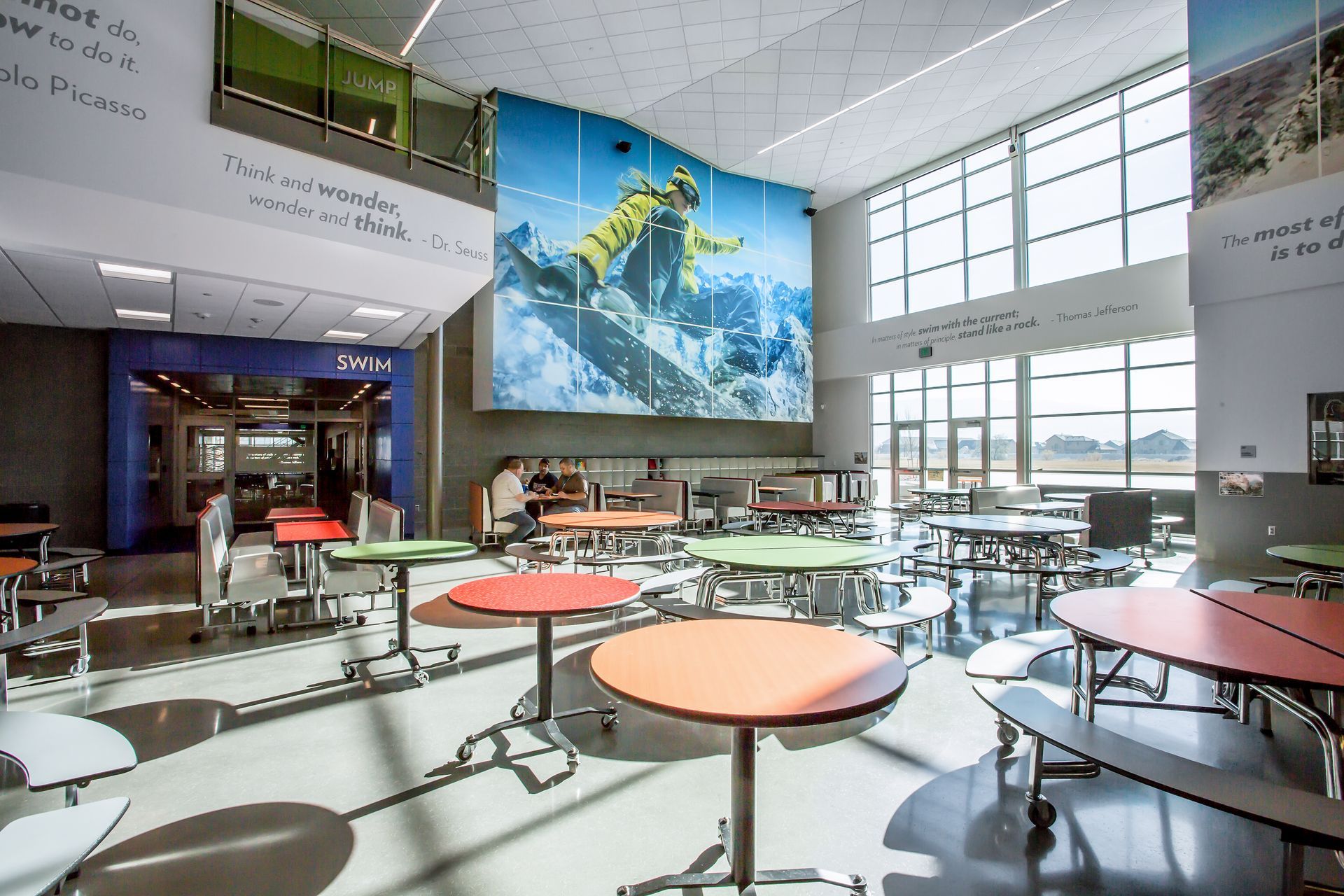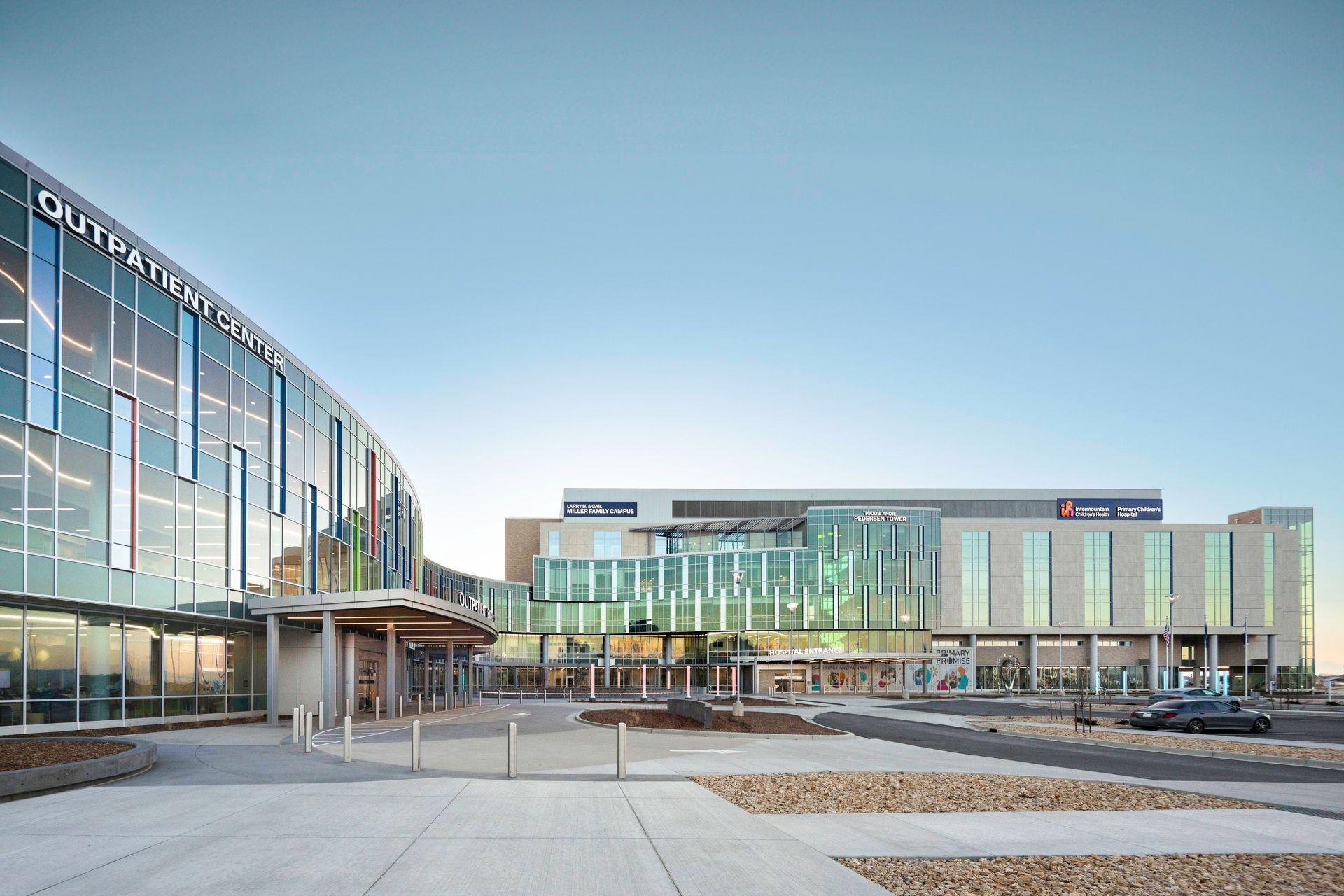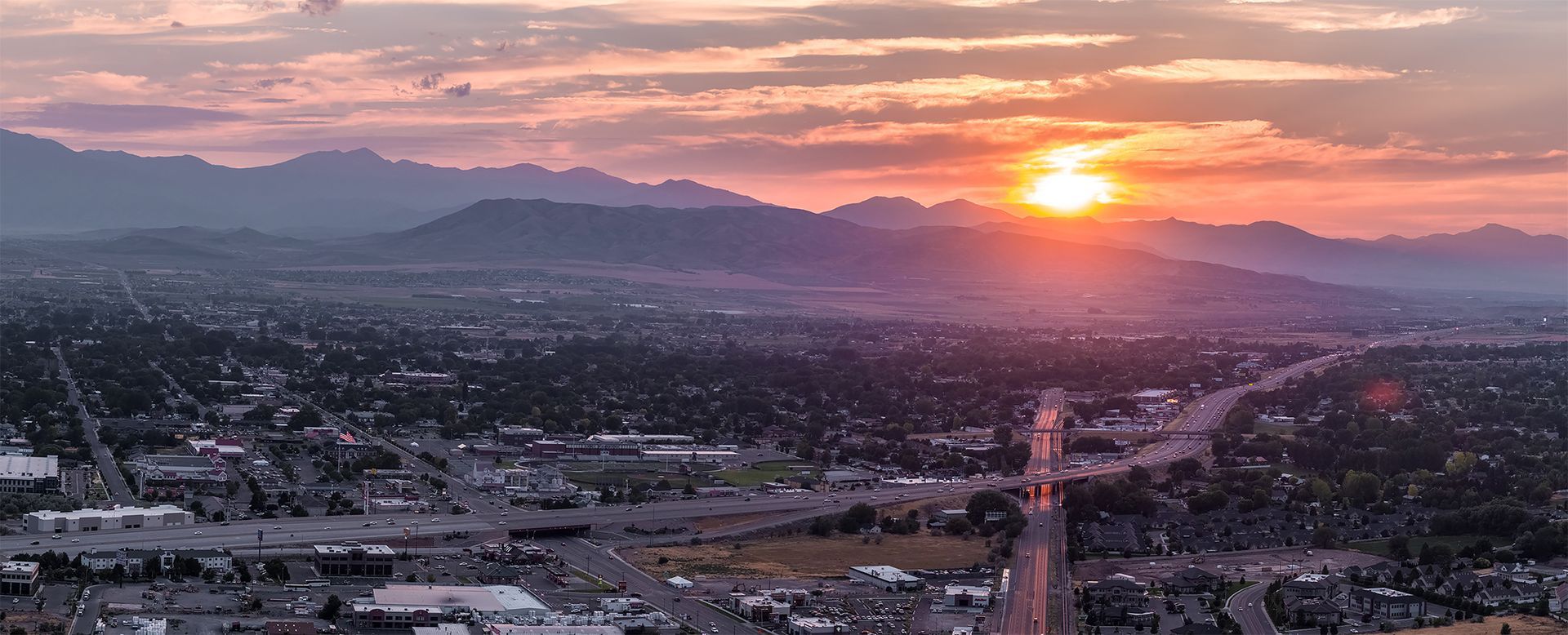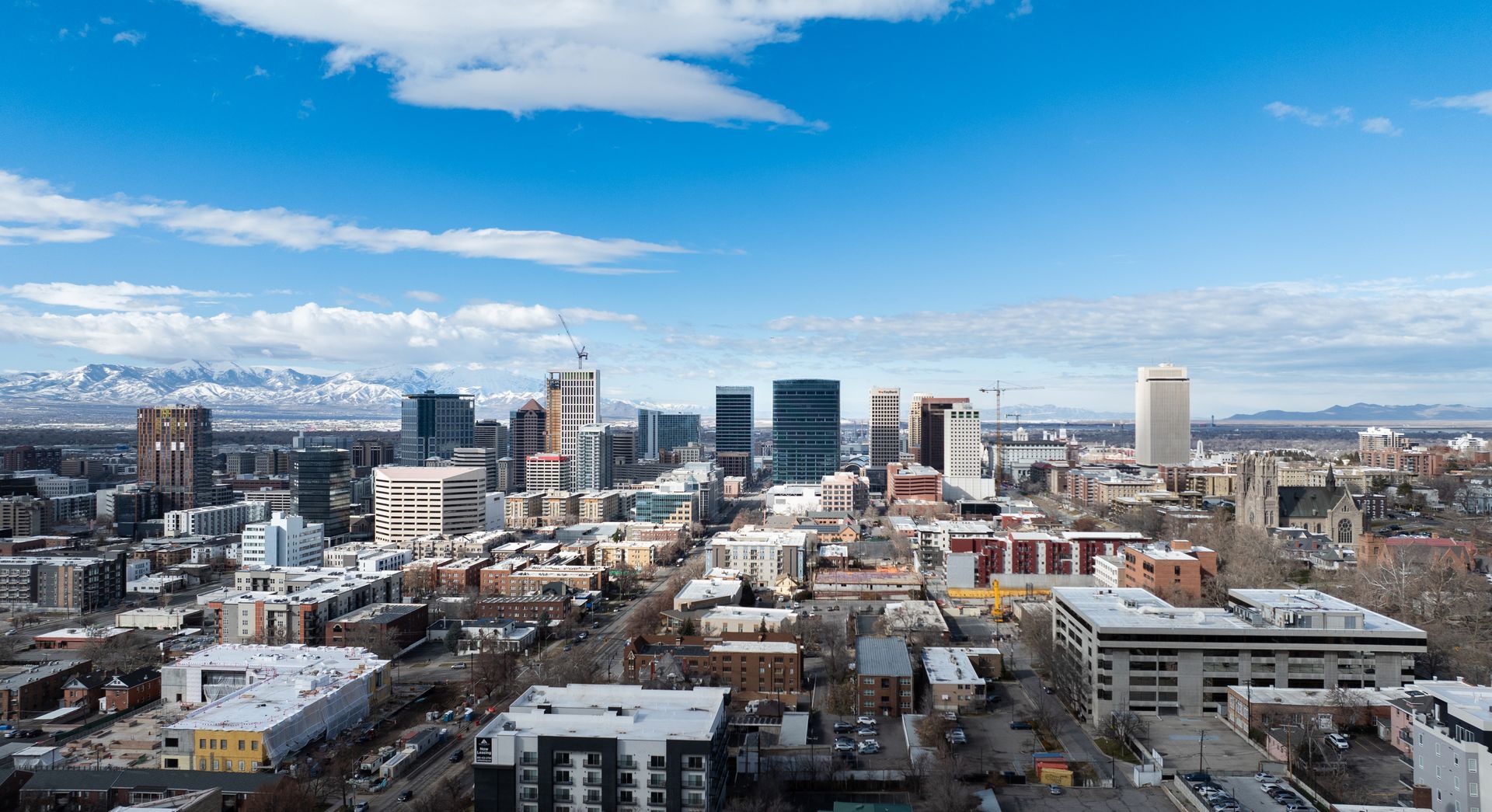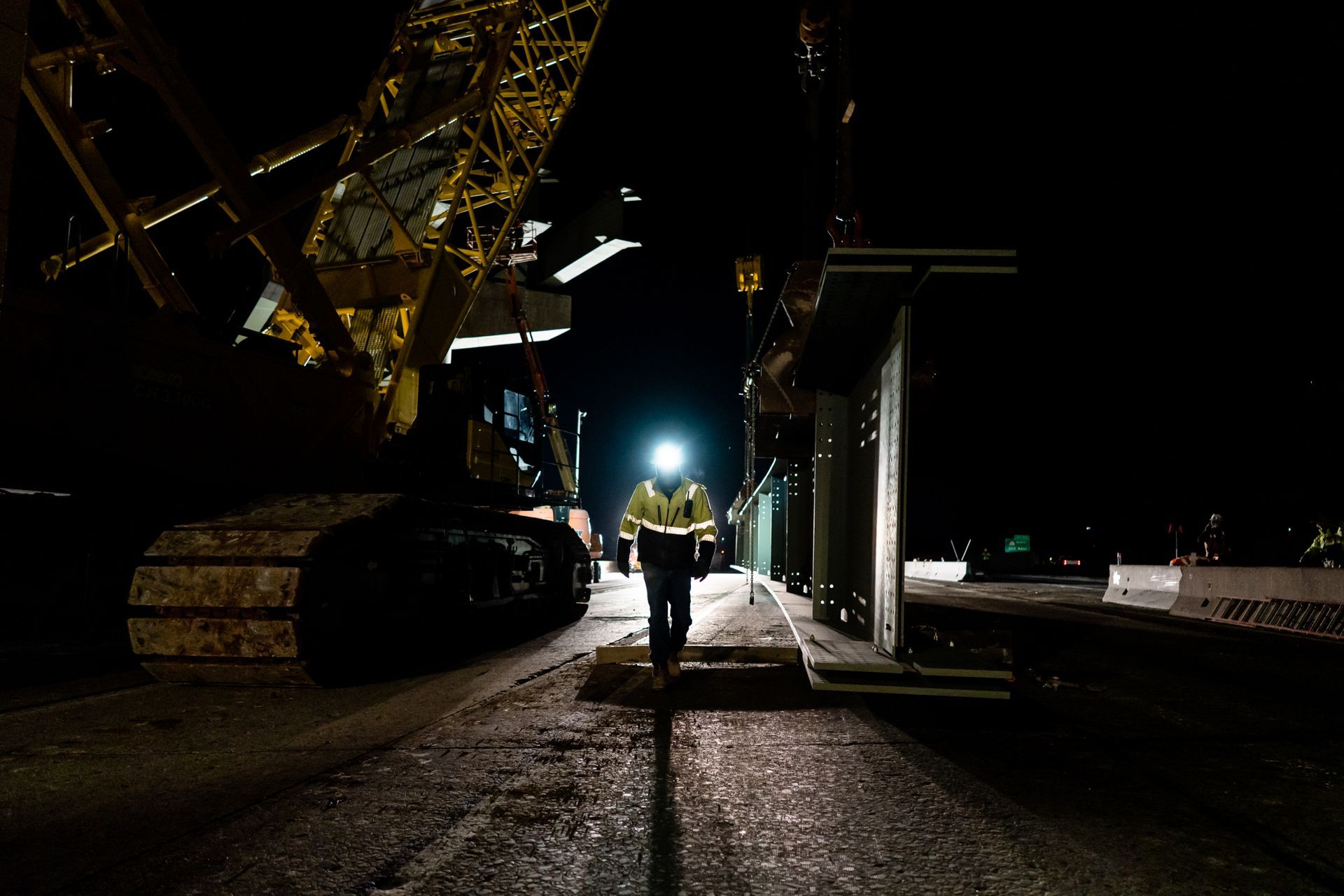Provo and Orem share an extensive border and plenty of similarities but are on different, positive trajectories toward meeting the needs of their respective residents. By Taylor Larsen
Strong Economic Engines
But these cities, which together count for nearly one-third of the population in Utah County, are maintaining their status as economic powerhouses as they grow.
Clark appreciates how Orem has grown while encircling businesses that have always called the city home. “The businesses that have been around awhile in smaller, older spaces are growing into bigger spaces—they’re taking these new spaces,” says Clark, while the old spaces “are going to these new [businesses].”
But the pandemic has had deleterious effects on retail—Orem’s bread and butter for the better part of four decades. “Retail was undergoing a change anyway, but COVID just accelerated that change,” he says. Clark is confident that property on University Parkway will be in demand for restaurants and retail when the pandemic dies down.
Before 2020, these cities had evolved to fill every niche—taking on retail, tech, student needs, and even reviving industrial and manufacturing, albeit for a different type of clientele than Charles Dickens would have recognized 150-plus years ago.
Spaces like Orem Tech Center on Geneva Road are leasing up as soon as they're built, according to Clark. No longer is it the Geneva Steel mills of yesteryear. Two flex warehouses have been completed, and two more quarter-million SF buildings of similar proportions are projected to go up and add to the collective SF.
South in Provo, Mountain Vista, a business park residing on the former Ironton site of US Steel, is booming. With the help of the Department of Environmental Quality and their remediation efforts, Mountain Vista is a growing manufacturing hub housing companies like healthcare company Press Ganey and shooting range innovator Action Target.
Transport networks like the Utah Valley Express bus rapid transit line were doing quite well before COVID. 10,000 riders per day were utilizing those specific transit services connecting the two cities. That is sure to return after the pandemic, and in the meantime, Provo is expanding their airport.
“We’re building a new terminal and have new gates,” Walter said of the rapidly growing regional airport. Commercial carrier Allegiant Air announced new flights to Orange County and Denver, a promising step to building up the area’s amenities and making it a greater connectivity hub for all of Utah County.
Downtown Infill
Provo is looking to go higher as available land shrinks and existing land has to be converted and redeveloped. Developers simply need to make sure they can provide adequate parking for building users.
According to Hansen, Provo has a great layout for walkability with its smaller blocks adding some charm and setting it apart from its much larger counterpart in Salt Lake City.
He should know—he lives there.
“I’ve had the most urban, walkable experience of my life in Provo, Utah of all places,” he says of living in the city’s emerging downtown. “From [PEG Companies] office, I can walk to lunch. It’s one of my favorite parts of where we are—we can take clients out and walk to lunch.”
He mentions that the local government has been supportive of good development and will allow for increased density in appropriate locations. NuSkin and the Provo City Center Temple have provided a great foundation for continued redevelopment, with PEG Companies’ previously mentioned residential properties continuing to build up the city.
“We’re seeing renewed interest in the residential downtown because people like the quality of life and the lifestyle” that downtown Provo offers, Walter says.
The city is going up in other ways, too. Mixed-use developments like Freedom Commons and Freedom Boulevard to create that perfect blend of live-work-play. With more development coming in to replace the old city hall, additional catalysts are coming in just in time to meet Provo residents’ needs.
Orem, on the other hand, has an older stock of buildings without the same historical value, affording them a different approach. Clark says that their city will probably go through redevelopment over adaptive reuse.
In 2019, Orem City officials completed a visioning and re-zoning process to create five districts at five different intersections on State Street. The goal was to protect neighborhoods with single-family homes but build up density in key sectors. City officials there want it to be a city where everyone can choose exactly the right housing product to fit their wants and needs and still live in Orem.
This is where Woodbury sees a key difference. “People look at Orem not having a downtown, but I see that as an opportunity,” he says. “It’s easier to redevelop a parking lot than it is a set of buildings.”
They’re trying to bring in amenities to help fulfill their unofficial motto: “Build a Better Orem.” New State Street standards with separated sidewalks, trees, and planter strips have gone in for the major thoroughfare, specifically around Orem’s new library.
A new city fitness center is also going in, designed by method studio with Big-D Construction as the general contractor. It matches Orem’s active nature with Clark boasting that Orem hosts the best park system in the county—and even then it might be underselling how good it is. Pickle ball, playgrounds and splash pads dot the city, with a new city park set to go in after the city purchased the school across the street from University Place.
What’s Next?
Woodbury is confident that the Provo and Orem cities are still on the up. “Both cities will grow dramatically over the next 10 years,” he says. “Silicon Slopes will move deeper and deeper into Utah County instead of just focusing on the northern part.”
Clark is confident too. “People still want to live in the heart of Utah County close to the canyon, close to the universities, the retail sector with shorter commutes to the job centers.”
After a harrowing 2020, maybe Charles Dickens was looking at the future of Orem and Provo after all.
“I see a beautiful city and a brilliant people rising from this abyss. I see the lives for which I lay down my life, peaceful, useful, prosperous, and happy. I see that I hold a sanctuary in their hearts, and in the hearts of their descendants, generations hence.”
